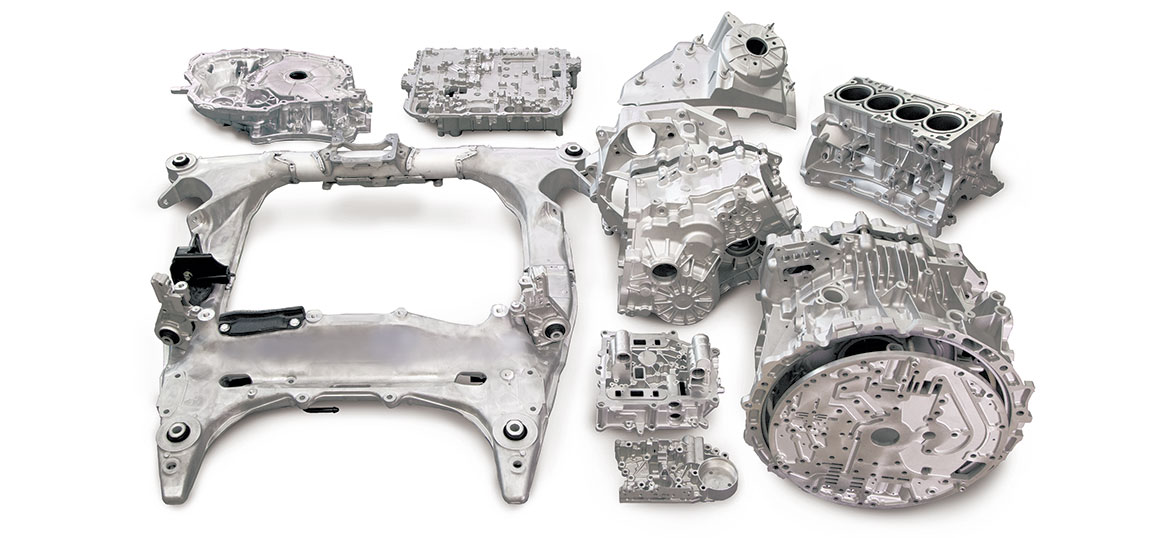The Intricate World of Diecasting: Precision in Manufacturing
The Intricate World of Diecasting: Precision in Manufacturing
Blog Article
Diecasting is a highly sophisticated manufacturing technique that plays a critical role in producing sophisticated metal products with the highest precision and reliability. The method involves introducing liquid metal into a cavity at high pressure, allowing for the creation of detailed shapes and intricate designs that would be challenging for other processes. Diecasting is widely used across various industries, including electronics, aerospace, automobiles and other consumer goods because of its high efficiency and capability to create quality parts. This article will explore how diecasting works, detailing its process, benefits in use, and the applications.
The core element of diecasting is the usage of molds or dies. These are constructed from high-quality steel to withstand the extreme conditions of this casting procedure. Die designs are done with precision, often incorporating precise details and precision tolerances in order to guarantee the final product's accuracy. In the process of diecasting, molten metal-commonly aluminum, zinc, magnesium, or copper-is being injected into the dies using extremely high pressures. This rapid injection and the process of solidification results in parts with high dimensional stability and flawless surface finish. This reduces the requirement for additional cutting or polishing. The preciseness of the dies permits the creation of complex geometries that would be challenging or impossible to attain using conventional manufacturing techniques.
One of the major advantages of diecasting is the ability to produce high volumes of parts. After the dies have been created and the process begins, it can be repeated many times, with little variance between the parts. This repeatability is essential to industries that require huge quantities of uniform components. Additionally, diecasting is renowned for its efficiency in manufacturing. This process produces less waste than different metal-forming methods, as any excess metal can be reused or recycled. This not only reduces cost of materials but also helps to promote the use of sustainable manufacturing methods. The speed and precision of diecasting make it the ideal choice for producing high volumes of components quickly and efficiently, ensuring that manufacturers can meet tight production schedules and market demands.
Diecasting is also a great method of producing parts with superior mechanical characteristics. Rapid cooling of melting metal in the process of casting results in a fine-grain structure, enhancing the toughness and endurance of the final product. These components are suitable for applications that require reliable and high-performance. For example, in automotive manufacturing the use of diecast components is for transmissions, engines, and structural elements, where their strength-to-weight ratio is critical to ensure safety and efficiency of vehicles. Also, in the aerospace field diecast components aid in the development of lighter but robust structures, essential for optimizing fuel efficiency and performance. To obtain supplementary information please Get the facts
The material used for diecasting significantly influences the properties and the performance of the finished product. Aluminum is one of the top choices because of its superior strength-to-weight ratio, corrosion resistance, along with its excellent electrical and thermal conductivity. This makes aluminum the ideal material for aerospace and automotive uses that require weight reduction. Zinc alloys have high strength and ductility. They are ideal for components that require fine specifications and durability. Magnesium alloys have the tiniest weight of structural metals and offer benefits in situations where weight reductions are essential. Copper alloys, though typically used in less applications, are valued for their outstanding electrical conductivity and durability to corrosion. Each one of them has its own advantages, allowing manufacturers to select the best option for the specific requirements of their application.
Diecasting is an essential manufacturing technique that allows the production of high-precision, premium metal components for an array of different industries. Its capacity to design complex shapes with tight tolerances, smooth surfaces is essential for projects requiring intricate details and consistent high-quality. Efficiency and value-for-money of diecasting further enhance its appeal as it supports mass production while keeping high quality standards. As technology advances and the demand for reliable, lightweight, and durable components rises, diecasting is expected to remain an integral part of modern manufacturing, driving improvement and quality in production.